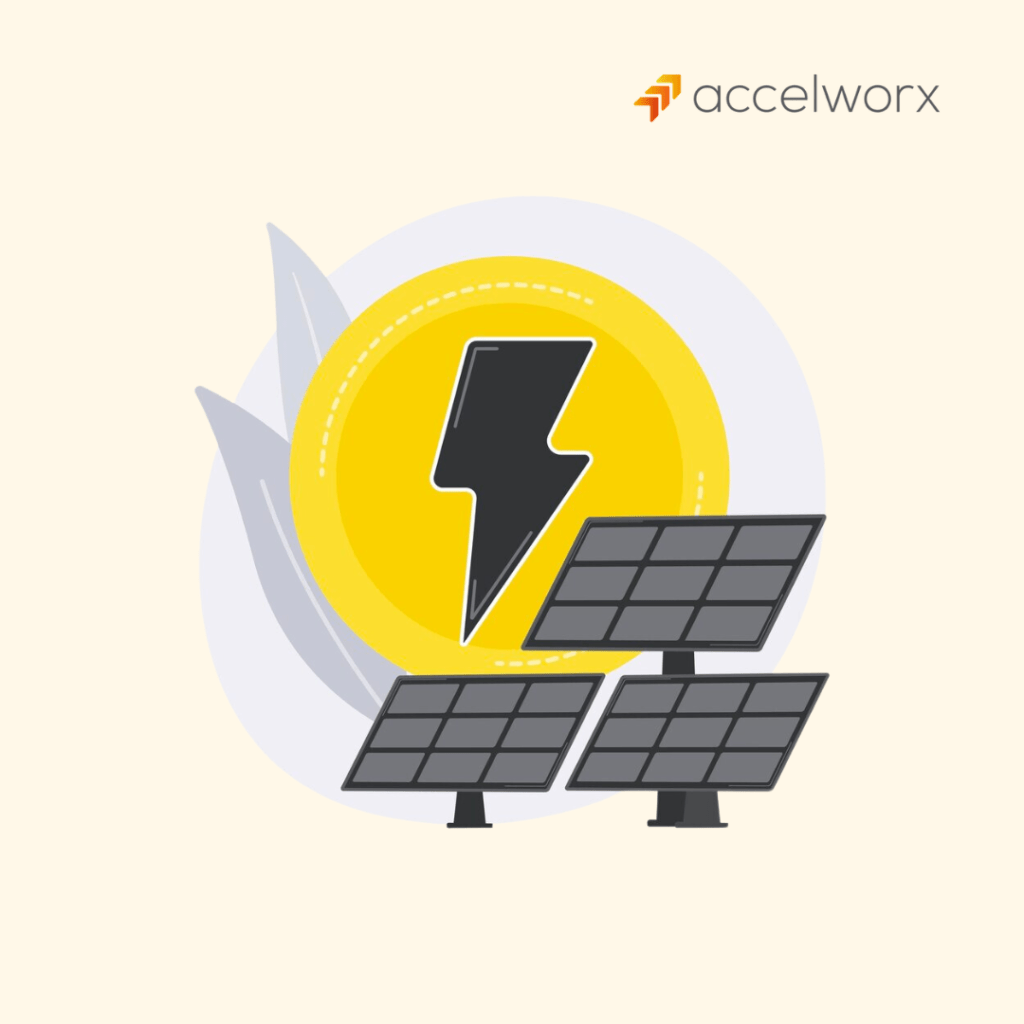The adoption of solar energy is growing rapidly in California, with homeowners eager to reduce energy costs and lower their environmental impact. While the installation of solar panels brings numerous benefits, the solar permit process often stands as a barrier due to its complexity.
Fortunately, Accelworx, a leading provider of solar permit services, simplifies this process, ensuring your project is approved smoothly and efficiently. In this guide, we’ll provide an in-depth overview of solar permit services, why they’re necessary, and actionable steps to help you navigate the process.
What is a Solar Permit?
A solar permit is an official authorization from the local Authority Having Jurisdiction (AHJ) that allows homeowners or businesses to install a solar photovoltaic (PV) system. This permit ensures that the installation adheres to local safety codes, electrical standards, and fire safety regulations.
Why Are Solar Permits Required?
Ensuring Safety
Permits ensure that your system is installed correctly, minimizing risks such as:
- Electrical fires due to faulty wiring
- Structural failure from overloaded roofs
- Hazardous conditions for occupants and first responders
Compliance with Building Codes
California has strict building and fire safety codes for solar panel installations. A permit ensures compliance with these regulations, helping you avoid fines or forced system removal.
Eligibility for Incentives
To qualify for programs like the Federal Solar Investment Tax Credit (ITC) and California rebates, permits are mandatory.
Related Link: Learn about rebate programs and permit compliance in Solar Permit Services California.
Home Resale Value
A properly permitted solar system adds value to your property and provides future buyers with confidence.
Steps to Obtain a Solar Permit in California

Step 1: Research Local Permitting Requirements
Each California jurisdiction has unique permit requirements. These can include:
- Fire department access pathways
- Structural load calculations for roofs
- NEC-compliant electrical diagrams
Accelworx Tip: To simplify this, Accelworx identifies the specific needs of your AHJ and prepares customized plans for seamless approvals.
Related Link: Navigating the Solar Permit Process with Ease
Step 2: Prepare Your Permit Application
The permit application must include detailed documentation:
- Site Layout: Showing solar panel placement, fire pathways, and access areas.
- Electrical Schematics: Compliance with National Electrical Code (NEC).
- Structural Calculations: Verifying your roof can support the system’s weight.
Accelworx Tip: Accelworx creates comprehensive PV plan sets, including structural and electrical calculations, saving you time and ensuring approval on the first attempt.
Related Link: PV Plan Sets
Step 3: Submit to Local Authorities
Submit your permit package to the relevant AHJ (city or county building department). Many larger jurisdictions, such as Los Angeles, accept online submissions.
Accelworx handles all submissions, revisions, and communication with local authorities, so you don’t have to worry about delays.
Step 4: Pay Permit Fees
Permit fees vary depending on the size and complexity of your system. On average, fees in California range from $300 to $1,000. Accelworx helps you estimate these costs upfront to avoid surprises.
Step 5: Schedule Inspections
After installation, your local building department will inspect the system to ensure it meets approved plans and safety standards.
Accelworx Tip: Accelworx ensures your project meets all requirements, making inspections a hassle-free experience.
Challenges Homeowners Face in the Solar Permit Process
1. Inconsistent AHJ Requirements
Navigating California’s 500+ AHJs with varying rules can be confusing.
Solution: Accelworx’s team has in-depth knowledge of AHJ requirements across the state, ensuring compliance every time.
2. Document Preparation Errors
Incomplete or incorrect documentation often results in delays or rejections.
Solution: Accelworx prepares code-compliant plans with precision, minimizing errors.
Related Link: Solar Permit Design Services
3. Approval Delays
Backlogs in local permitting offices can prolong timelines.
Solution: Accelworx tracks submissions, follows up with authorities, and proactively resolves bottlenecks to speed up approvals.
Why Choose Accelworx for Your Solar Permit Needs?
Accelworx offers unmatched expertise in California’s solar permitting landscape. Here’s why homeowners trust us:
- Comprehensive Permit Packages: Custom designs with site plans, electrical diagrams, and structural calculations.
- End-to-End Support: From research to final inspections, we manage the entire process.
- Code Compliance Assurance: Designs meet California’s building, electrical, and fire safety codes.
- AHJ Expertise: Familiarity with local requirements across California ensures faster approvals.
Frequently Asked Questions
Do I need a permit for solar panels on my shed?
Yes, even solar panels on sheds require permits. Accelworx prepares site-specific designs to ensure compliance.
Related Link: Residential Solar Permit Services
How long does it take to get a solar permit?
The timeline ranges from 1–4 weeks, depending on your AHJ. Accelworx helps expedite the process with efficient submissions and proactive communication.
What happens if I install solar panels without a permit?
Installing solar panels without a permit can lead to fines, system removal, and loss of incentives.
How much does a solar permit cost in California?
Fees typically range from $300 to $1,000, depending on your system size and location.
Conclusion
Navigating the solar permit process can feel overwhelming, but with Accelworx, it doesn’t have to be. From research and documentation to approvals and inspections, Accelworx simplifies every step, ensuring your project is completed on time and up to code.
For a seamless solar permit process, visit Accelworx today and get started on your solar journey!

